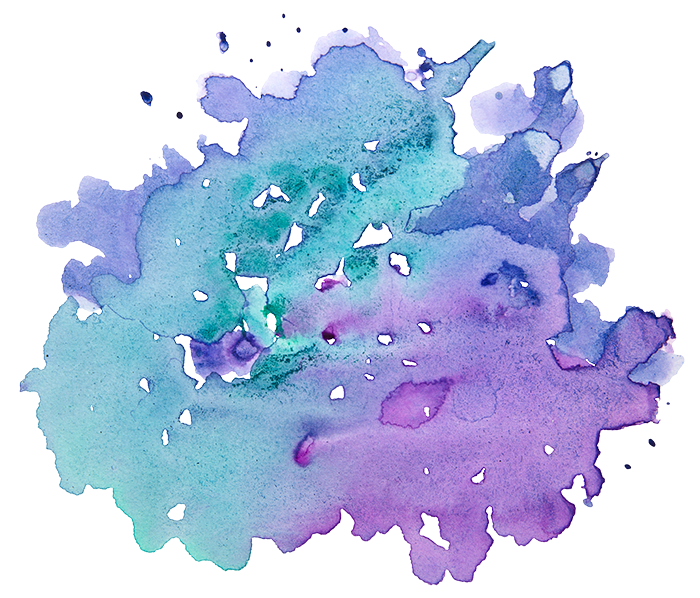A few weeks ago, I became the new Mikveh Center Coordinator. Into the mikveh I jumped with both feet (only figuratively, of course; Mayyim Hayyim and, incidentally, the Rambam advise against actually jumping into the mikveh). Much to my own astonishment and that of those who know me well, I haven’t fallen in yet. These days, when I have so much to learn here and so much is still new, it’s the small things that are starting to feel familiar. I am often struck by the way the nearly-winter sun streams into the windows for a few bright hours. It is growing darker and colder; it will soon be Chanukah, and we will paint the darkness with the bright strokes of candles.
We light candles, the Talmud tells us, for פרסומי ניסא, pirsumei nisa – to publicize the miracle. We must light early enough that people will still be out and about to see our candles. We put the chanukiyah in a window or at the gate. We gather with friends and family and sing as we light. Lighting Chanukah candles is in essence a public mitzvah, a contrast to the ritual of mikveh, which is often so private. On a basic level, Chanukah and mikveh are fire and water – polar opposites, and yet similar. Fire is the warmth of the sun, the crackling of the hearth, the light of the Chanukah candles, but also the wildfires that devastated western forests this summer. Water makes up most of our bodies, nourishes and sustains us, but is also the typhoon that smashed into the Philippines. They are the most basic elements of life, and they are the elements of ונתנה תוקף, Unetaneh Tokef, the piyyut recited on the High Holidays that speaks of death by fire and death by water. The rabbis were well aware of this phenomenon of dialectic, and fire and water captivated their imagination much as they captivate ours today. They likened Torah to both fire and water: Just as waters give life to and purify the world, so does Torah; just as fire is life to the world, and just as one can be burned when too close and chilled when too distant, so it is with Torah.
נר מצוה ותורה אור, Ner mitzvah v’Torah or, we read in Proverbs: a mitzvah is a lamp, and Torah is light. The Sfas Emes explains this verse in terms of Chanukah candles. He teaches that נר can be understood as a combination of נפש, nefesh, soul and רוח, ruach, spirit – so that when we light the נרות, the Chanukah candles, we do so with our whole being. It is by doing mitzvot with our whole selves, by being fully present in whatever we are doing, that we connect to God. Immersing in the mikveh, according to the Rambam, is no different: it must be done with כוונה, kavvanah, with intention – otherwise we are just getting wet.
Perhaps the Sfas Emes’ reminder to be present when lighting Chanukah candles comes at exactly the right time – as the light wanes, as Shabbat starts ever earlier, as the weeks grow more harried, as family and holiday chaos ensues – just as the candles themselves bring light to the darkness when we need it most. Being present may mean connecting to God or to the holiness in the world, connecting to others, or simply connecting to the moment. May we cultivate presence, whatever form it takes, in all our moments – in the light, in the darkness; in the water and out; and everywhere in between.
Robin Weintraub is the Mikveh Center Coordinator at Mayyim Hayyim. Robin spent three years learning at Yeshivat Hadar in New York, holds a Masters Degree in Jewish Studies from Washington University, and earned her undergraduate degree in Geology-Biology from Brown University. Robin has worked in both large and small synagogues and served as a lay leader and educator in diverse Jewish communities. She lives in Brookline, where she recently co-founded the Brookline Beit Midrash, a weekly volunteer-run learning program.


